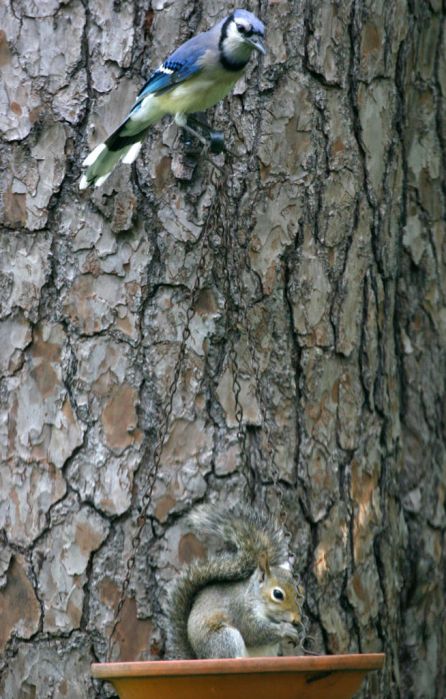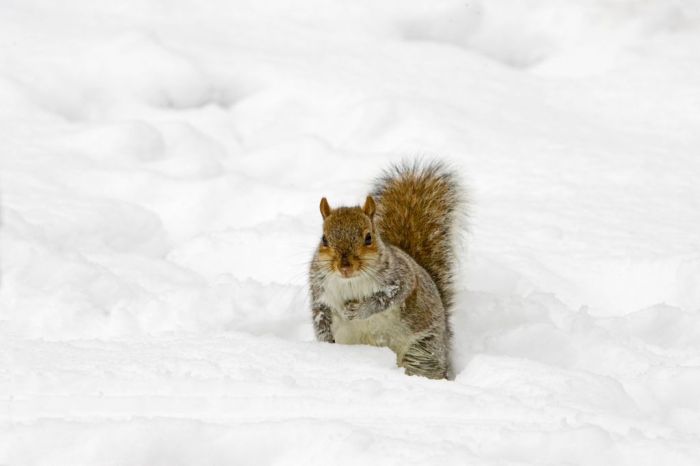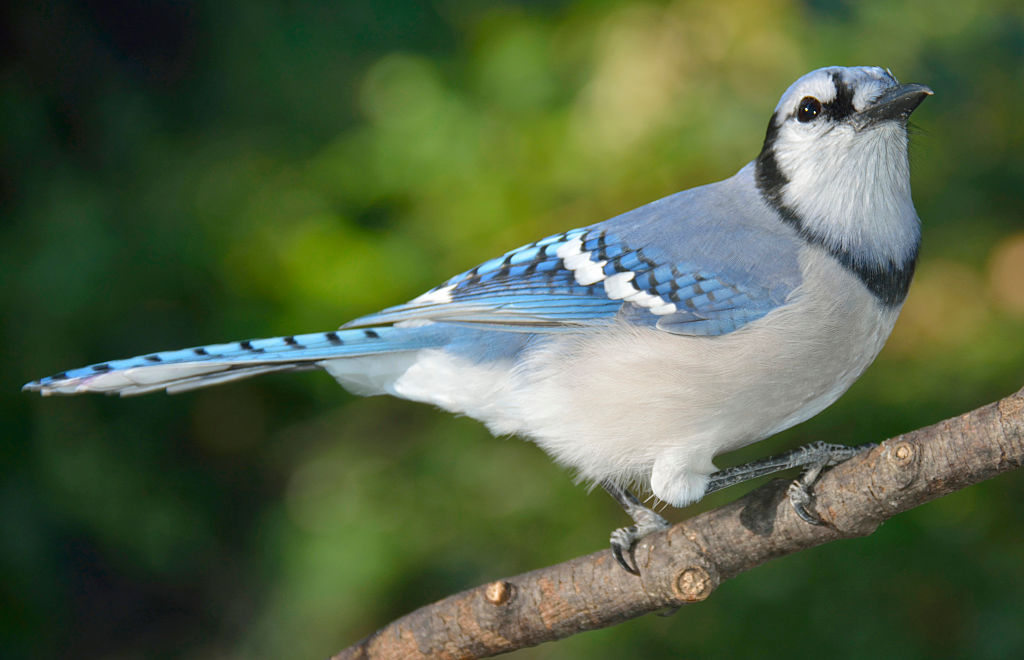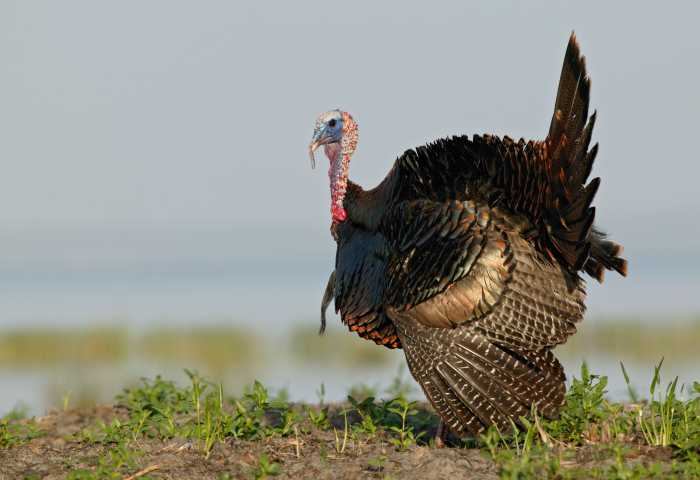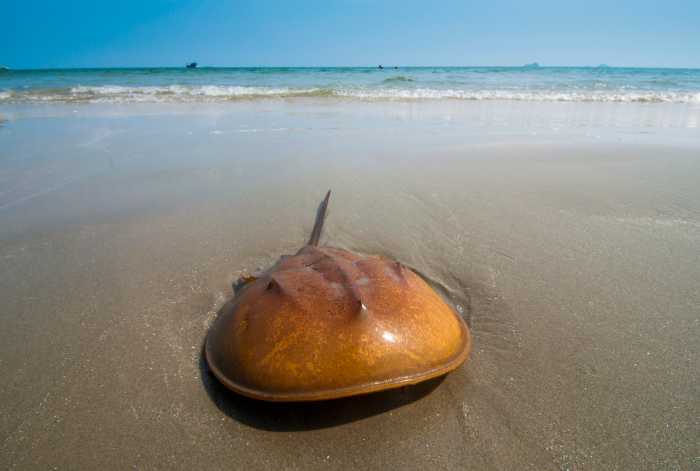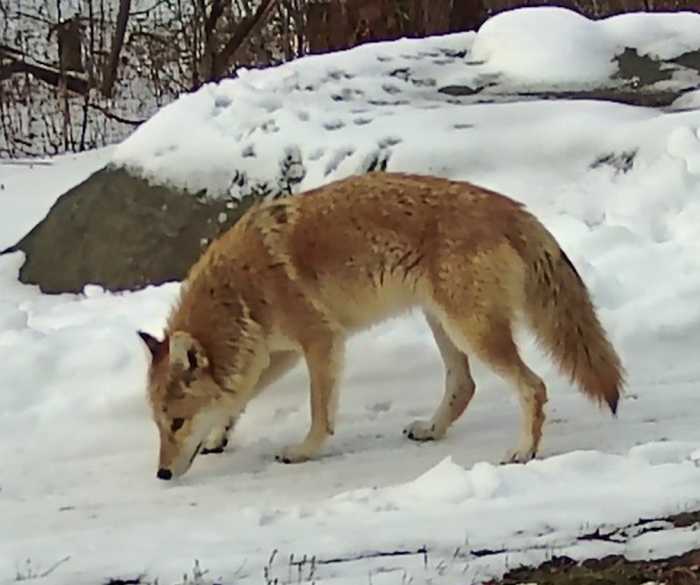Let’s hear it for the forest gardeners! Winter can be a slow season for wildlife viewing, with many of our local species having either moved south or into deeper water or gone into dormancy for the season. But two often overlooked species remain ever-present and active through winter: the ubiquitous eastern gray squirrel and the conspicuous blue jay.
Even casual viewers likely admire these species, whether it’s the squirrel’s tireless work ethic and arboreal acrobatics or the jay’s stunning palette of blue-black-and-white plumage and vocal talents. But if you know these species’ vital role in shaping our forests, you have an even deeper appreciation.
The explanation of this role starts with the fact that while squirrels and blue jays are omnivores that eat various plants and animals, both rely heavily on nuts when they are available and abundant in the fall. And they don’t only eat them to satisfy their existing nutritional needs but also gather and store food for the winter.
This behavior, known as caching or hoarding, is common in many animals, from wolves to mice to ants. But squirrels and blue jays are in a special category because of their symbiotic relationship to deciduous forests and the large nut-bearing trees that dominate them, such as chestnuts, hickories, and–especially—oaks.
Squirrels and blue jays are both “scatter-hoarders,” meaning they cache small amounts of food in many places (as opposed to larder-hoarders, which store food in one location). Their primary focus is acorns, the nuts of oak trees.
Both species gather acorns directly from oak trees, with squirrels carrying them away—sometimes two or three at a time—to find a nearby location to stash them. However, jays, using a special pouch in their mouths to transport four or five acorns, venture much further, sometimes several miles, before storing their finds! The acorns are usually (but not always) buried one at a time, just an inch or so below the surface. Squirrels tamp down the soil over their acorns, while jays are more likely to cover the hole with leaves or other materials. In years with a strong mast crop, squirrels and jays repeat this process repeatedly, with each individual capable of caching several thousand nuts in a single season!
As winter arrives, both species depend on exceptional spatial memory to locate their caches, with squirrels utilizing their keen sense of smell to enhance their recovery rate, even beneath deep snow. However, neither species succeeds in finding all their caches. Even with other animals discovering some, a significant percentage of acorns and other nuts still go unfound and remain buried in the ground. A nut that gets buried and not recovered is, well … planted!
It’s this lack of perfection that explains the close evolutionary connection between squirrels, blue jays, and nut-producing deciduous trees. In the southern hemisphere, trees like macadamias shield their nuts with extremely hard and thick shells. In these warm climates, there are no harsh winters to prepare for, so animals don’t cache nuts; they consume them where and when they find them. The trees protect their nuts accordingly, hoping that some will survive to nestle into the ground and germinate.
In the northern hemisphere, particularly in eastern North America, deciduous trees rely on animals to find and bury their nuts, knowing that these animals will inevitably leave some behind. Consequently, trees like oaks have evolved nuts that are perfectly suited for squirrels and jays. Over millions of years, the thin shells, size, and even taste of acorns have been selected to appeal to these animals. This adaptation allows the trees to benefit from the animals’ tendency to forget their buried nuts, leading to the growth of more new trees.
Henry David Thoreau reached this conclusion himself, noting that our majestic hardwood forests, “vast and essential as they are, were formed by a sort of accident.” He explained that it was due to the failure of squirrels and jays “to gather the fruits of their efforts.” He concluded that the great forests of the eastern United States did not “spring up from nuts where they had fallen, but rather where animals had planted them.”
In the case of blue jays, where they “planted them” held special significance. Due to their ability to transport nuts over long distances, they contributed not only to replenishing trees in a forest but also to the expansion of forests. In fact, blue jays are credited with helping deciduous forests expand northward rapidly after the glaciers retreated at the end of the last ice age! Including, of course, Long Island!
So, take some time to enjoy the squirrels and blue jays in your neighborhood this winter—and remember that we truly have them to thank for our beautiful woodlands!
Nature Matters is a regular column of the Seatuck Environmental Association, a nonprofit dedicated to conserving Long Island wildlife and the environment. Visit seatuk.org for more information about the organization’s conservation initiatives and educational programming.
